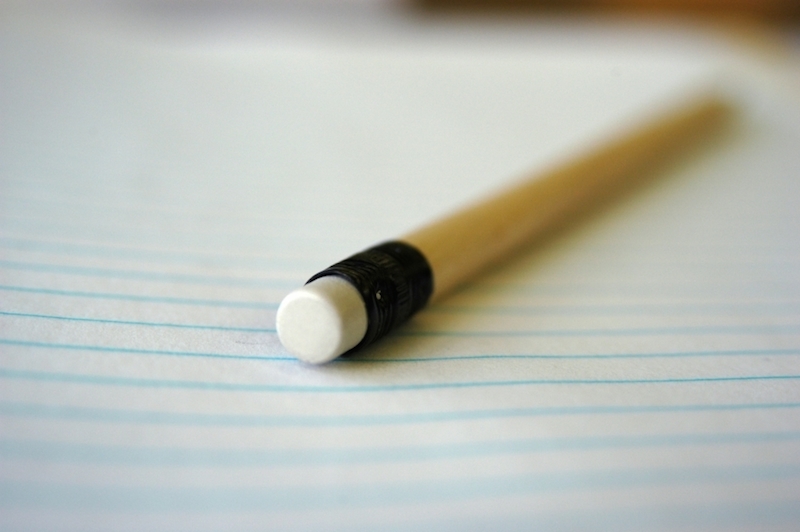
When I first discovered that I had a passion for creating neat stuff on the web, I knew I had two choices: go back to school and get an expensive degree, or read a lot of books and teach myself what I wanted to know. Because at that time I was paying my rent with solely a freelance jazz musician’s income, I opted for the second choice. And among all the books that now line my shelves, one that had a huge impact on me was Jason Beaird’s The Principals of Beautiful Web Design, given to me by my brother-in-law as it were.
On just page five of that book, Jason had already said something that really struck me. He said that for him, the design process for any project always begins with a 79-cent spiral-bound notebook and any writing utensil he can find on his desk that still works. I had several thoughts upon reading this: isn’t that a little low-tech? …and… I thought this book was about WEB design …and… I’m not exactly amazing at drawing by hand.
And it wasn’t until I had completed the first full website project that I fully understood what Jason was talking about. If I begin the design process on a computer, without even realizing it I am limiting the design from the get-go. The reason for this is that the moment I start thinking about how the design will be represented by code, or how to format elements, or how I will position various elements on the page, I have ceased focusing my attention on the design itself and moved into the realm of technical details. However, if I start from scratch with just a piece of paper and a pencil, the sky is the limit. I can draw whatever comes to mind. The only thing that can limit me is my own imagination.
As a musician, I often see parallels between my work on the web and my work in music, and it’s easy for me to see one here. Starting a design on a computer is kind of like taking the first two measures of a song and arranging it for a ten-piece ensemble when the entire melody hasn’t even been composed yet. When I am writing a song, I typically will have an idea of the big picture before I get into minute details. I’ll know how the melody will sound and what the flow of the piece from start to finish will be like long before I consider the specific harmonic intervals between the saxophone and the trumpet. The same is true in web design. And just as I encourage designers to begin with a pencil in hand, I encourage musicians to let their imaginations run wild in a more general sense before fussing over small musical details.
I often joke that I like building websites because it lets me use both sides of my brain. Coming up with a design for a client, and coding the website are two very different tasks. The right brain takes care of the intuitive design process and figuring out what will visually work best for the project. And then, when it comes to translating that design to the computer screen, the left brain figures out the techniques and coding practices that will accurately get those visuals onscreen looking the way I imagined. The process of putting together a website involves both of these aspects equally and very often switching back and forth between the two. But, that being said, at the beginning it’s important to keep those technical details as far away from the creative, designing right brain as possible! Just as a song starts with a melody, or a story starts with a plot idea, or a great photograph starts with an inspired moment in time, any design should begin the old-fashioned way: with nothing more than a pencil and paper.

